Secure Your Cloud, Secure Your Future
Safeguard your cloud environment with end-to-end security solutions designed to protect your data, applications, and workloads. Stay compliant, prevent breaches, and ensure business continuity with our robust cloud security services tailored to your needs.
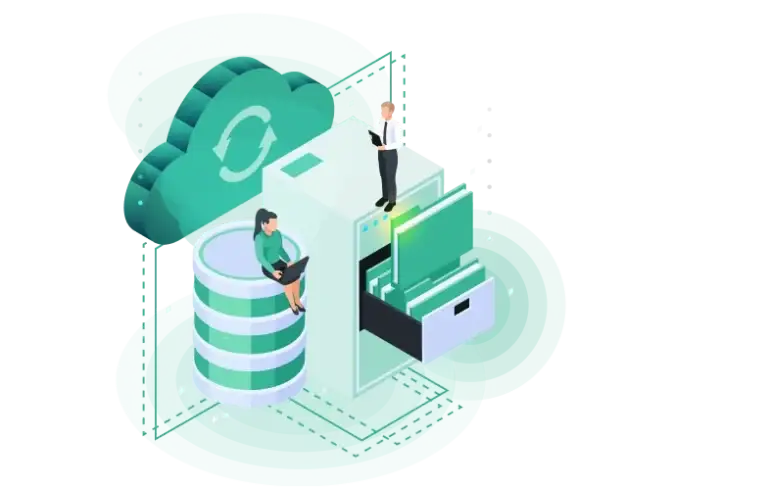
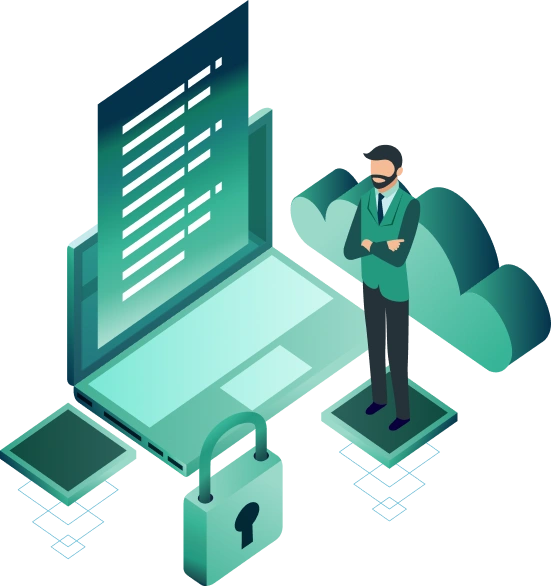
The Cloud Security Conundrum
Cloud security is a crucial part of the broader cybersecurity landscape, particularly as cloud adoption continues to grow. With most data now stored in the cloud, security challenges become more complex, shaped by an organization’s level of digital transformation, industry, and technology culture. The cloud operates on a shared responsibility model: providers like AWS, GCP, and Azure ensure security of the cloud, while businesses are tasked with security in the cloud—protecting data and ensuring compliance within their cloud-based operations.
Obvious Need for Security in the Cloud
Data Protection
Safeguarding key information like financial data, trade secrets, and intellectual property from unauthorized access or theft.
Compliance Requirements
Meeting regulatory standards (GDPR, HIPAA, PCI DSS) to avoid penalties and ensure legal security.
Identity Protection
Ensuring the protection of Personally Identifiable Information (PII) and Protected Health Information (PHI) on platforms handling sensitive data.
Evolving Threat Landscape
Adapting to sophisticated cyberattacks to prevent data breaches and minimize vulnerabilities.
Avoid Business Penalties
Prevent financial losses from downtime, fines, or regulatory penalties due to security breaches.
Customer Trust
Strong cloud security instills confidence in customers, ensuring long-term business relationships and reputation.
Top Challenges in Managing Cloud Security
Data Breaches
Ensuring data integrity and confidentiality across cloud services
Compliance
Meeting industry-specific regulations and security standards.
Misconfiguration
Errors in cloud settings leading to vulnerabilities.
Identity Management
Securing access with strong identity controls.
Insider Threats
Managing risks from internal personnel.
API Security
Protecting exposed application interfaces.
DDoS Attacks
Preventing service interruptions from large-scale attacks.
Visibility
Lack of control over cloud resources and data.
Key Components of Cloud Security Implementation
-
Application Security
-
Network Security
-
Data Security
-
Governance
-
SIEM
-
DevSecOps
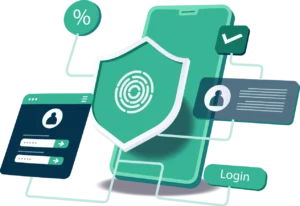
Involves securing the web applications against common vulnerabilities like SQL injection and XSS. It includes the use of web application firewalls (WAF) for additional protection and monitoring.
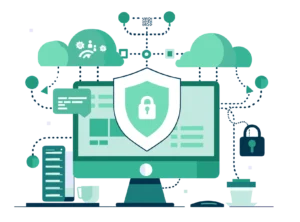
Defends cloud environments against DDoS attacks, man-in-the-middle (MITM) threats, DNS floods, and other network intrusions. Network firewalls, intrusion detection systems, and VPNs are employed to prevent unauthorized access and maintain secure traffic flow.
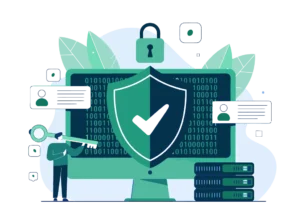
Ensures encryption of data at rest and in transit to protect sensitive information from unauthorized access. It also includes managing secure access, protecting backups, and ensuring data integrity for cloud workloads.

Enforces identity and access management (IAM) with defined roles and permissions. It also includes audit logging to monitor changes, ensuring compliance with industry standards and regulatory requirements like GDPR or HIPAA.
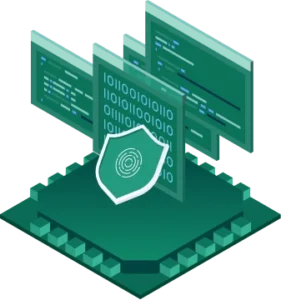
Security Incident and Event Management (SIEM) involves continuous monitoring of cloud environments to detect, analyze, and respond to security incidents. SIEM systems aggregate logs and issue real-time alerts to prevent potential breaches.
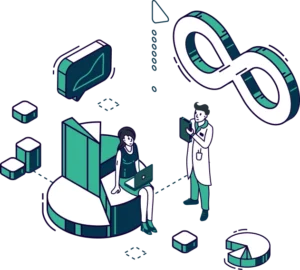
Integrates security throughout the development lifecycle by embedding practices like automated security testing, vulnerability scanning, and proactive threat detection. This approach ensures fast, secure delivery while aligning security with development and operations processes.
Application Security
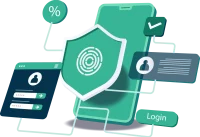
Network Security
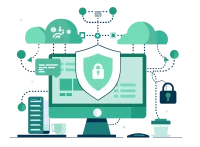
Defends cloud environments against DDoS attacks, man-in-the-middle (MITM) threats, DNS floods, and other network intrusions. Network firewalls, intrusion detection systems, and VPNs are employed to prevent unauthorized access and maintain secure traffic flow.
Data Security
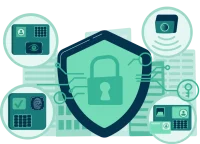
Ensures encryption of data at rest and in transit to protect sensitive information from unauthorized access. It also includes managing secure access, protecting backups, and ensuring data integrity for cloud workloads.
Governance
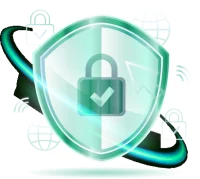
Enforces identity and access management (IAM) with defined roles and permissions. It also includes audit logging to monitor changes, ensuring compliance with industry standards and regulatory requirements like GDPR or HIPAA.
SIEM
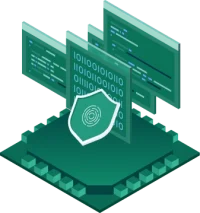
Security Incident and Event Management (SIEM) involves continuous monitoring of cloud environments to detect, analyze, and respond to security incidents. SIEM systems aggregate logs and issue real-time alerts to prevent potential breaches.
DevSecOps
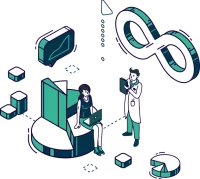
Integrates security throughout the development lifecycle by embedding practices like automated security testing, vulnerability scanning, and proactive threat detection. This approach ensures fast, secure delivery while aligning security with development and operations processes.
Why Choose SquareOps for Cloud Security?
With industry-leading cloud security practices, SquareOps helps safeguard your data, applications, and infrastructure. Our expert team ensures compliance, threat detection, and robust defenses against cyberattacks, tailored to your business needs.
Zero Trust Approach
Proactive Threat Defense
Compliance Expertise
Compliance Expertise
Continuous Monitoring
Our security solutions provide real-time monitoring of your cloud infrastructure, ensuring quick detection and response to potential threats, keeping your environment secure 24/7.
Risk Management
We identify potential security risks early, preventing issues before they escalate and ensuring the integrity of your cloud infrastructure.
Compliance Assurance
We help you stay compliant with industry-specific regulations, including GDPR, HIPAA, and PCI DSS, to avoid penalties.
Security Experts
Our certified security professionals provide continuous support, helping you strengthen your security posture and mitigate risks effectively.
Strengthen your cloud security with SquareOps – the experts in cloud-native protection and seamless integration.
Success Stories

Smooth Migration of MongoDB & Elasticsearch to AWS
- Case Studies
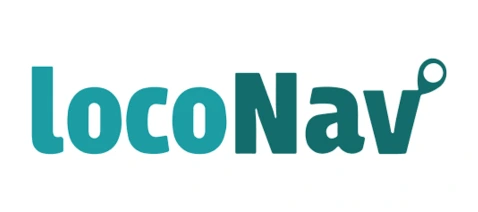
Streamlining Deployments for Loconav with Automation
- Case Studies
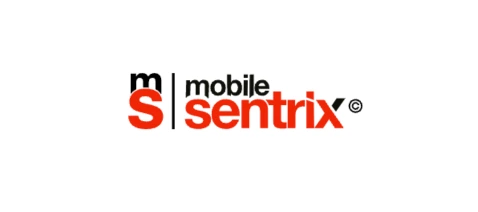
Scaling DevOps & Performance for MobileSentrix
- Case Studies

Migration of MongoDB & Elasticsearch to AWS
- Case Studies
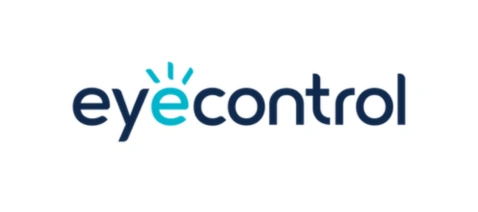
AWS Control Tower Strategy For EyeControl
- Case Studies
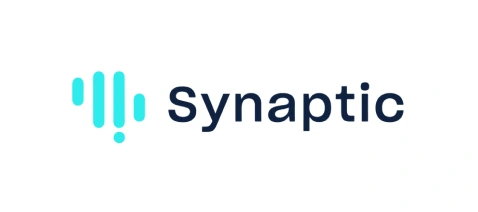
Transforming AWS Security Landscape For Synaptic
- Case Studies
Latest From our Blog
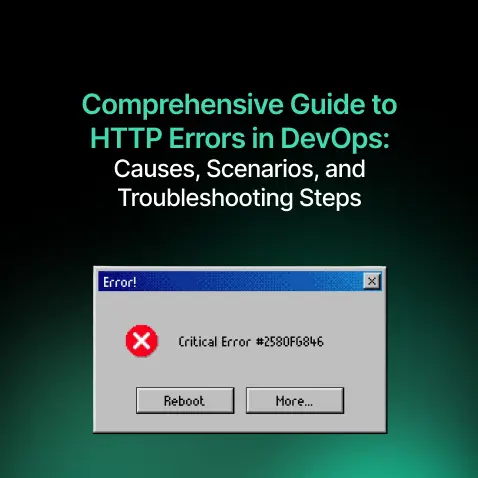
Comprehensive Guide to HTTP Errors in DevOps: Causes, Scenarios, and Troubleshooting Steps
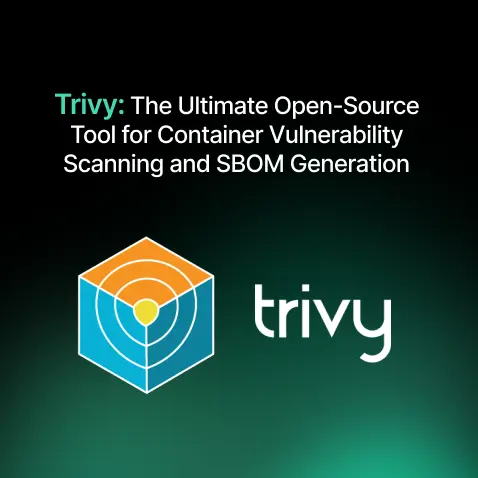
Trivy: The Ultimate Open-Source Tool for Container Vulnerability Scanning and SBOM Generation
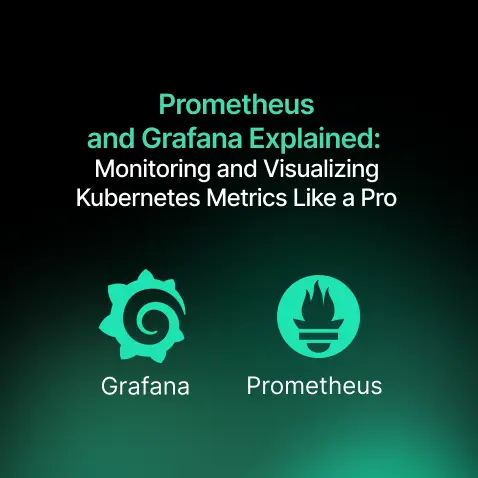
Prometheus and Grafana Explained: Monitoring and Visualizing Kubernetes Metrics Like a Pro
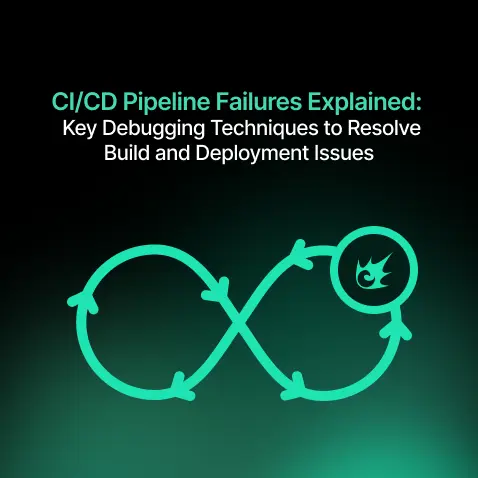
CI/CD Pipeline Failures Explained: Key Debugging Techniques to Resolve Build and Deployment Issues
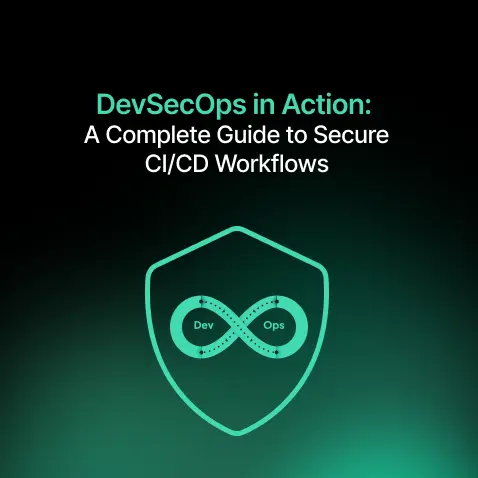
DevSecOps in Action: A Complete Guide to Secure CI/CD Workflows

AWS WAF Explained: Protect Your APIs with Smart Rate Limiting
Stay Ahead in the World of DevOps
Latest From our Blog

Comprehensive Guide to HTTP Errors in DevOps: Causes, Scenarios, and Troubleshooting Steps

Trivy: The Ultimate Open-Source Tool for Container Vulnerability Scanning and SBOM Generation

Prometheus and Grafana Explained: Monitoring and Visualizing Kubernetes Metrics Like a Pro

CI/CD Pipeline Failures Explained: Key Debugging Techniques to Resolve Build and Deployment Issues

DevSecOps in Action: A Complete Guide to Secure CI/CD Workflows

AWS WAF Explained: Protect Your APIs with Smart Rate Limiting
Stay Ahead in the World of DevOps
Explore How SquareOps can help you with your DevOps needs? Talk to an expert!
Frequently asked questions
Cloud security protects data, applications, and infrastructure from cyber threats, ensuring data integrity and compliance.
Enhanced data protection, compliance, threat detection, and reduced downtime.
Cloud providers secure the infrastructure, while businesses secure their data and applications within the cloud.
SquareOps provides continuous monitoring, proactive threat defense, and compliance assurance to protect cloud environments using cloud-native secure architectures and 24/7 managed cloud service.
Best practices include strong IAM, encryption, continuous monitoring, and regular security assessments.
Continuous monitoring detects and responds to threats in real time, preventing security breaches.
Compliance is ensured by following regulations like GDPR, HIPAA, and PCI DSS, along with regular security checks.
Identity management ensures only authorized users access cloud resources, reducing the risk of unauthorized access.
DevSecOps integrates security practices into every phase of development, ensuring secure deployments.
Tools like WAFs, DevSecOps ( Sonarqube, gitleaks, trivy , defectdojo etc ) and vulnerability scanning protect applications from threats like SQL injection and XSS.

